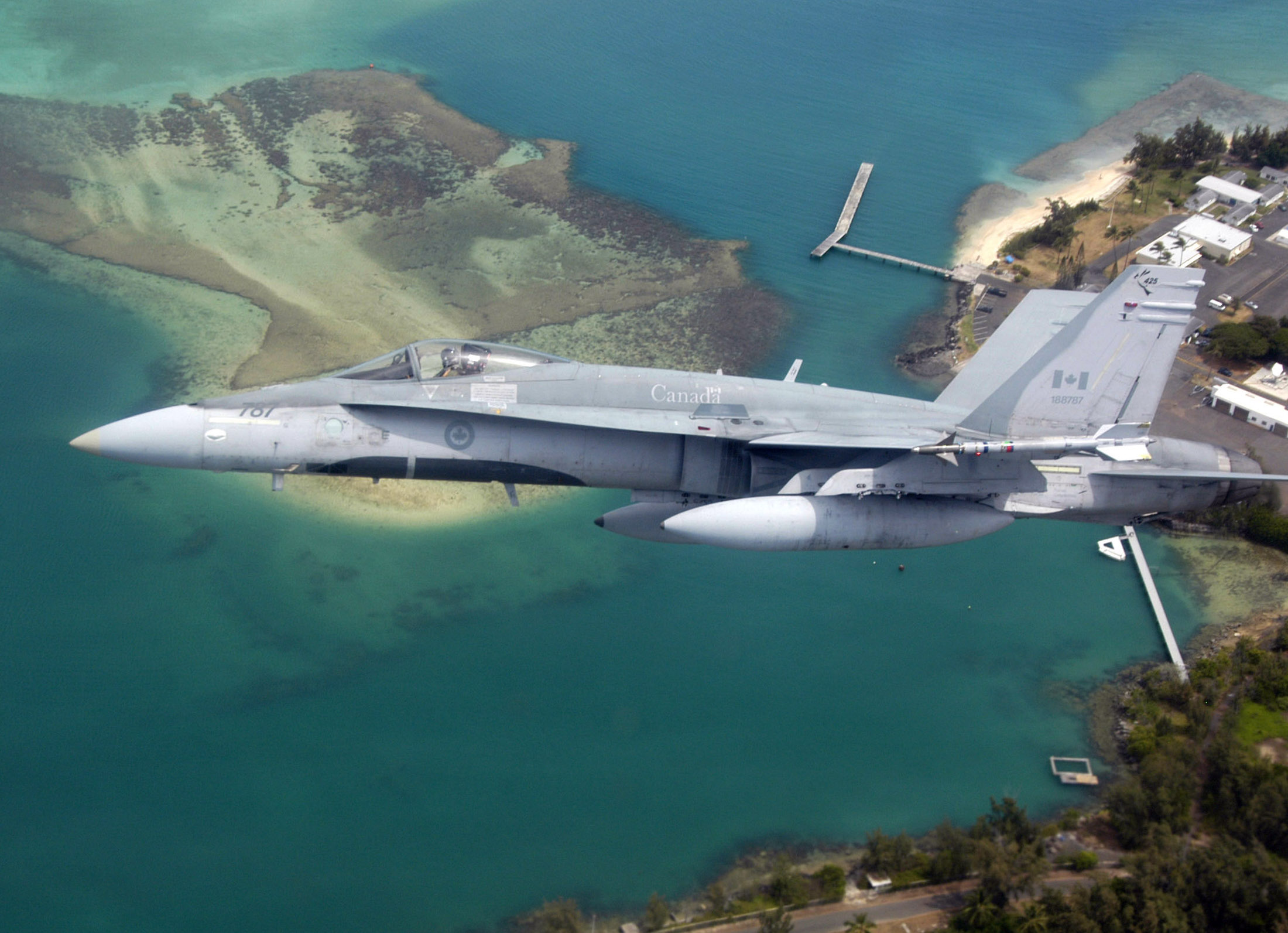
Congress Notified of Potential $5.23B Super Hornet Sale to Canada While F-35 Questions Remain
THE PENTAGON — The proposed $5.23 billion sale of 18 F/A-18E/F Super Hornet strike fighters to Canada received U.S. Department…
Copyright 2024 U.S. Naval Institute. All Rights Reserved.